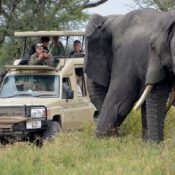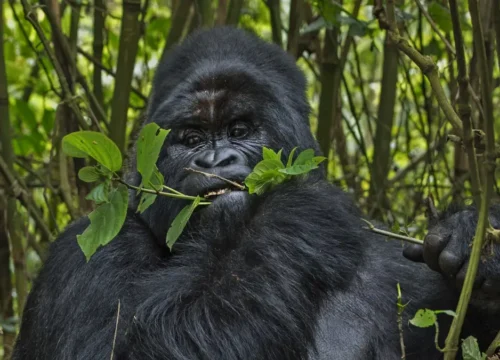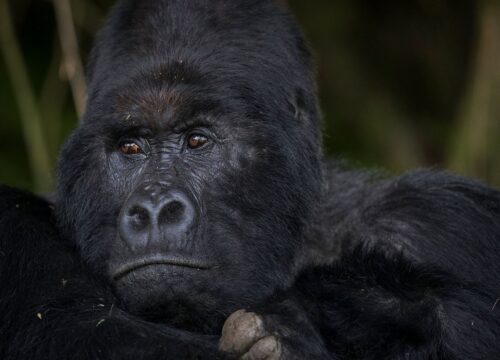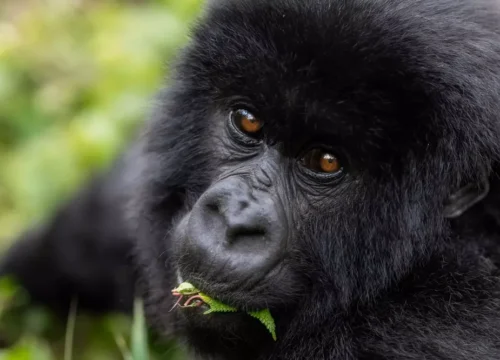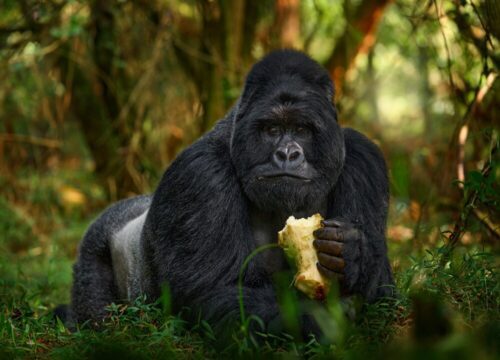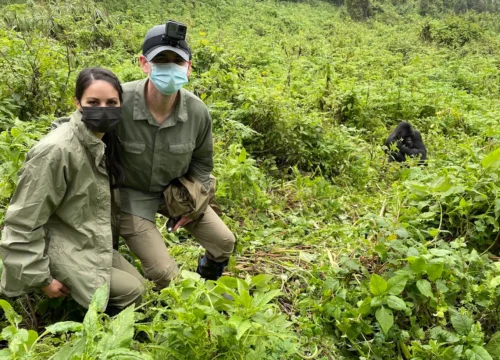Nyika National Park
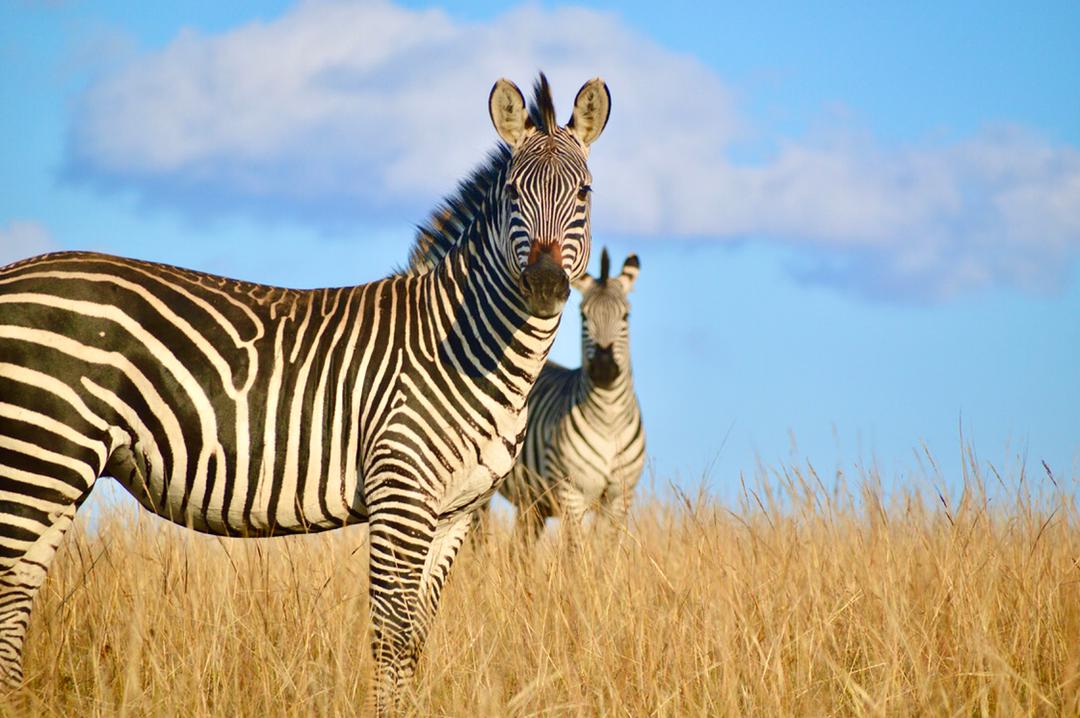
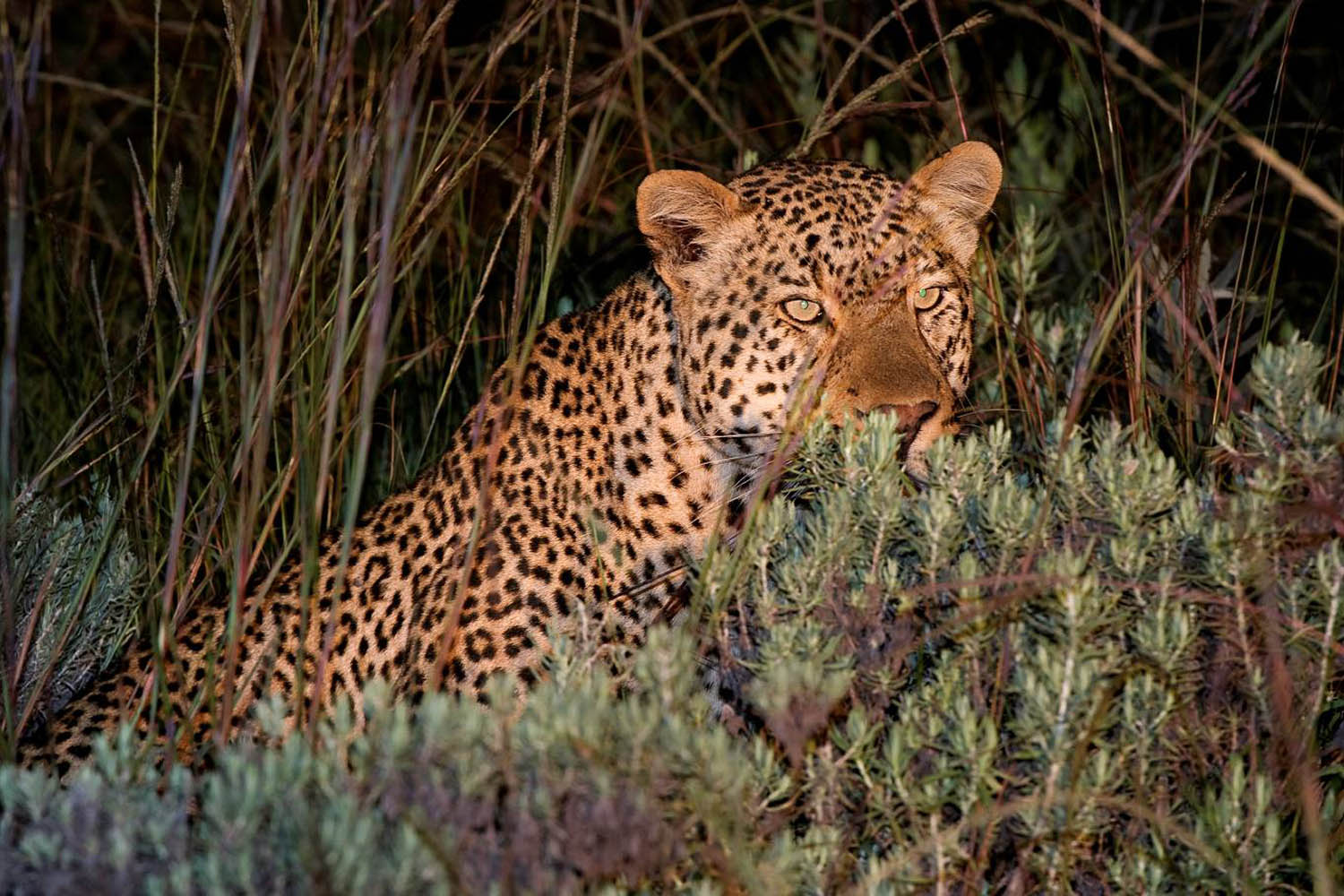
Nyika National Park is on a high-altitude plateau is very different from all other parks and reserves in the country. The mountain scenery is a big attraction of the park – walking and mountain biking are popular activities, in addition to game drives. Although this isn’t a Big Five destination, there is a good amount of wildlife on the plateau.
Wildlife & Animals – Nyika National Park
There is a good variety of wildlife on Nyika National Park Plateau, but a lot of the big safari animals, including lion, are missing. Buffalo and elephant are present on the lower slopes in the forest areas of the park, but this is not accessible to tourists. Due to poaching, wildlife numbers are generally low outside of the area around the lodge.
Nyika National Park Wildlife Highlights
Nyika National Park has the highest density of leopards in Malawi. Although shy, they can often be spotted on night drives. Some seem to have taken residence in the forest behind the lodge, and can sometimes be seen drinking at the Chelinda dam. Crawshay’s zebra, a localized sub-species of Burchell’s zebra, is common around Chelinda as are eland, roan antelope, common reedbuck, bushbuck and duiker.
Best Time for Wildlife Viewing in Nyika National Park
Wildlife viewing is good throughout the year in Nyika National Park. November to May are the best months to come here as this is the warmest time of the year. June to August tends to be very cold (which makes the otherwise popular night drives challenging), and some animals tend to move to lower altitudes at that time.
Birds – Nyika National Park
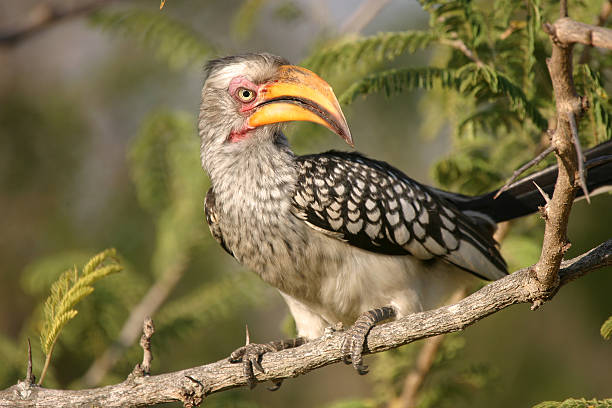
Nyika National Park is a key birding destination in Africa, offering many birds in restricted ranges. Varied habitats including forest patches, high-altitude grassland and miombo woodland are home to some 400 species. The internationally endangered wattled crane is very common in the grassland around Chelinda. Denham’s bustard is also resident on the plateau with occasional sightings of groups of over 20. Four birds found at Nyika National Park don’t occur anywhere else in Malawi: mountain yellow warbler, chirping cisticola, wing-snapping cisticola and mountain marsh widowbird.
Birding Specials–Treats for Avid Birders
- Bar-tailed trogon
- Blue swallow
- Chirping cisticola
- Denham’s bustard
- Great snipe
- Greater double-collared sunbird
- Lesser kestrel
- Malachite sunbird
- Montane marsh widowbird
- Mountain yellow warbler
- Olive-flanked robin-chat
- Pallid harrier
- Red-winged francolin
- Sharpe’s akalat
- Wattled crane
- Wing-snapping cisticola
Best Time for Bird Watching Nyika National Park
Nyika National Park has good birdlife all year-round. However, as with most protected areas in Malawi, the Wet season from November to April is the best time for bird watching. This is due to the park’s migratory bird population.
Best Time To Visit – Nyika National Park
Nyika National Park doesn’t follow the same pattern in terms of the best months to visit as other parks in the region. The wet summer months from November to May are the best months for wildlife viewing on the plateau as the weather is fair, and less cold for visitors. There tend to be more animals on the plateau at this time (some descend to lower altitudes as it gets colder).
May to October –Dry Season – Winter
- Lots of sunshine and clear skies
- The park never gets very busy
- High-season rates apply from July to October
- The sky is very hazy and the grass is yellow
- It is very cold at night and in the morning
November to April –Wet Season – Summer
- Wildlife viewing is at its best
- The scenery is green and fresh
- There are many wildflowers
- There are few tourists and rates are lower
- The best birding time as migratory birds are in the park
- There are many newborn animals
- Temperatures are pleasant
- The roads become bad and a 4×4 might be necessary
Weather & Climate – Nyika National Park
Nyika National Park has a temperate climate with Wet and Dry seasons corresponding with summer and winter (which occur at opposite times to the northern hemisphere). The average temperature is fairly constant, although there is a definite increase in October. It gets very cold at night in the Dry season, from May to September.
Dry Season–May to October – Winter
There is almost no rain in the Dry season. As it gets colder, some of the wildlife move to lower altitudes. It is pleasant during the day, but very cold at night.
- May – This is the beginning of the Dry season. The grass is still green and there is still a lot of water around, but precipitation has become minimal.
- June & July – Little rain and the bush is drying out. These are the coldest months with daytime temperatures struggling to reach 19°C/66°F. Nighttime is cold with average temperatures around 8°C/46°F. Warm clothing for early morning and night drives is essential.
- August & September – It doesn’t rain at all. The grass is yellow. It is warming up and September has an average daytime temperature of 22°C/72°F. Mornings are thankfully getting less cold.
- October – Daytime temperatures keep increasing to an average of 24°C/75°F. The first rain might fall at the end of this month, but it’s difficult to predict.
Wet Season–November to April – Summer
The Wet season is summer. The higher temperatures are pleasant and, due to the altitude, it never gets too hot. Afternoon showers are common and thunderstorms are often spectacular. The sky is clear and there are a lot of wildflowers.
- November – The rains usually start in November. When it comes, it’s a relief because the bush is badly in need of a long drink. The average daytime temperature is 25°C/77°F. It doesn’t rain every day, mostly falling in afternoon thunderstorms.
- December, January, February & March – The wettest months bring rain most days, but not usually for the whole day. Daytime temperatures average 23°C/73°F while night and early morning temperatures average about 13°C/55°F.
- April – A lovely month. The rain eases off but everything remains green and lush.
Getting There – Nyika National Park
Nyika National Park is one of Malawi’s top attractions and features on many tour itineraries. Most people fly to Nyika, but it is possible to drive out there too.
Most international visitors arrive at Lilongwe International Airport (LLW), located about 26km/16mi from the capital, Lilongwe. Some international flights fly to Chileka International Airport (BLZ), 16km/10mi from Blantyre.
Nyika National Park is located in northern Malawi, about 500km/310mi from Lilongwe and 750km/470mi from Blantyre. The drive from Lilongwe takes about 7 hours* and from Blantyre about 11 hours*.
The road to Nyika National Park is bumpy, quite bad at times, and usually requires a 4×4. Most people choose to fly to Nyika National Park.
*Driving times are only a rough indication. You should always consider the possibility of significant delays.
Airlines & Ticket Prices
Please check Skyscanner to see which airlines can take you to Lilongwe International Airport (LLW) or Chileka International Airport (BLZ), and what tickets would cost.
Domestic Flights
Domestic and charter flights are usually booked in advance by your tour operator.
There are currently no scheduled flights to Nyika, but Nyasa Express offers charter flights to the park.
Nyika National Park Safety
Nyika National Park is very safe in our opinion. Experienced guides at the only lodge in the park will be responsible for your safety when you participate in the lodge’s activities.
If you are travelling independently, we recommend that you exercise normal caution in cities and towns. For more information, see the ‘Cities & Urban Areas: Safety Precautions’ link below.
For up-to-date information about safety in Nyika National Park and Malawi in general, it’s worth reading the government travel advisories (see the ‘Safety & Security – Malawi’ link below).
Nyika National Park Malaria & Vaccinations
There is no malaria in Nyika National Park Plateau due to the high altitude, but if you are traveling in other parts of the country precautions against malaria, as well as certain other vaccinations, are advised (consult your local travel clinic or doctor). Protection against malaria includes taking antimalarial medication and using mosquito repellent with at least 30% DEET.
Wildlife Viewing in Nyika National Park
Wildlife Viewing in Nyika National Park Plateau is very safe. Following your guide’s directions will reduce any possible wildlife-viewing risks. You’ll find some useful tips in the ‘Wildlife Viewing Safety Precautions’ link below.
INQUIRE NOW
GENERAL INFORMATION ON A MOZAMBIQUE SAFARI
Book a Customized Safari
Read about
10 Things you Should NOT DO on an African Safari.
What to expect on a safari in Uganda.
Bwindi Impenetrable National Park
How to Choose the Best Tour Operate for Your Safari in Africa
12-Day Gorilla Tracking in Bwindi
Some of our Gorilla and wildlife Safaris
1 Day Jinja Ultimate tour Experience
1 Day White Water Rafting in Jinja
3 Days Bwindi Gorilla Habituation via Rwanda
3 Day Birding Safaris and Photography in Uganda
3 Day Safari to Queen Elizabeth National Park
3 Day fly in Gorilla Trekking Safari from Masai Mara
3 Day Grand Gorilla Trekking Safari
4 Day Chimpanzee and Gorilla Trekking Safari
Recent Posts
Last Minute Deals
Quick booking process
+49 1575 4711313



